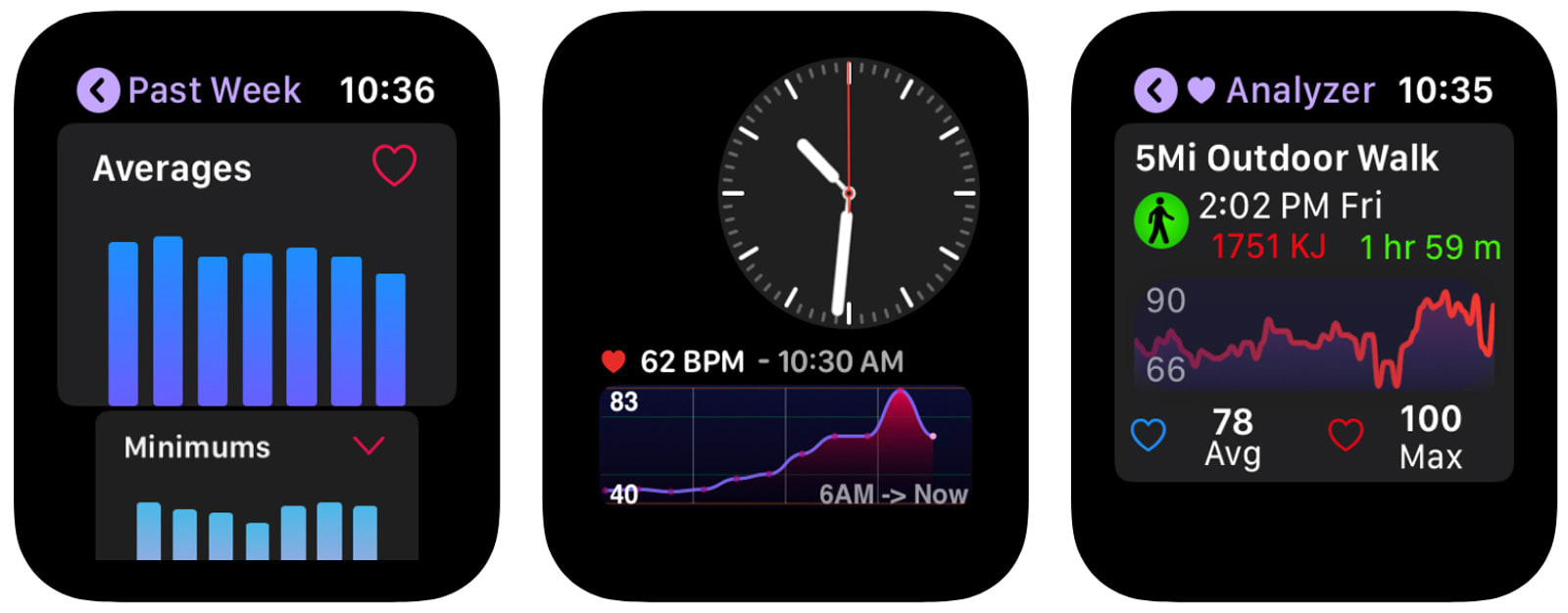 Your Apple Watch can provide some health data on your wrist, but not a lot -- and even the Health app on your iPhone will only say so much. There may be an option if you're looking for more comprehensive data on your watch, though. Helix Apps has rel...
Your Apple Watch can provide some health data on your wrist, but not a lot -- and even the Health app on your iPhone will only say so much. There may be an option if you're looking for more comprehensive data on your watch, though. Helix Apps has rel...
Heart Analyzer’s new Apple Watch app puts detailed data on your wrist
 Your Apple Watch can provide some health data on your wrist, but not a lot -- and even the Health app on your iPhone will only say so much. There may be an option if you're looking for more comprehensive data on your watch, though. Helix Apps has rel...
Your Apple Watch can provide some health data on your wrist, but not a lot -- and even the Health app on your iPhone will only say so much. There may be an option if you're looking for more comprehensive data on your watch, though. Helix Apps has rel...
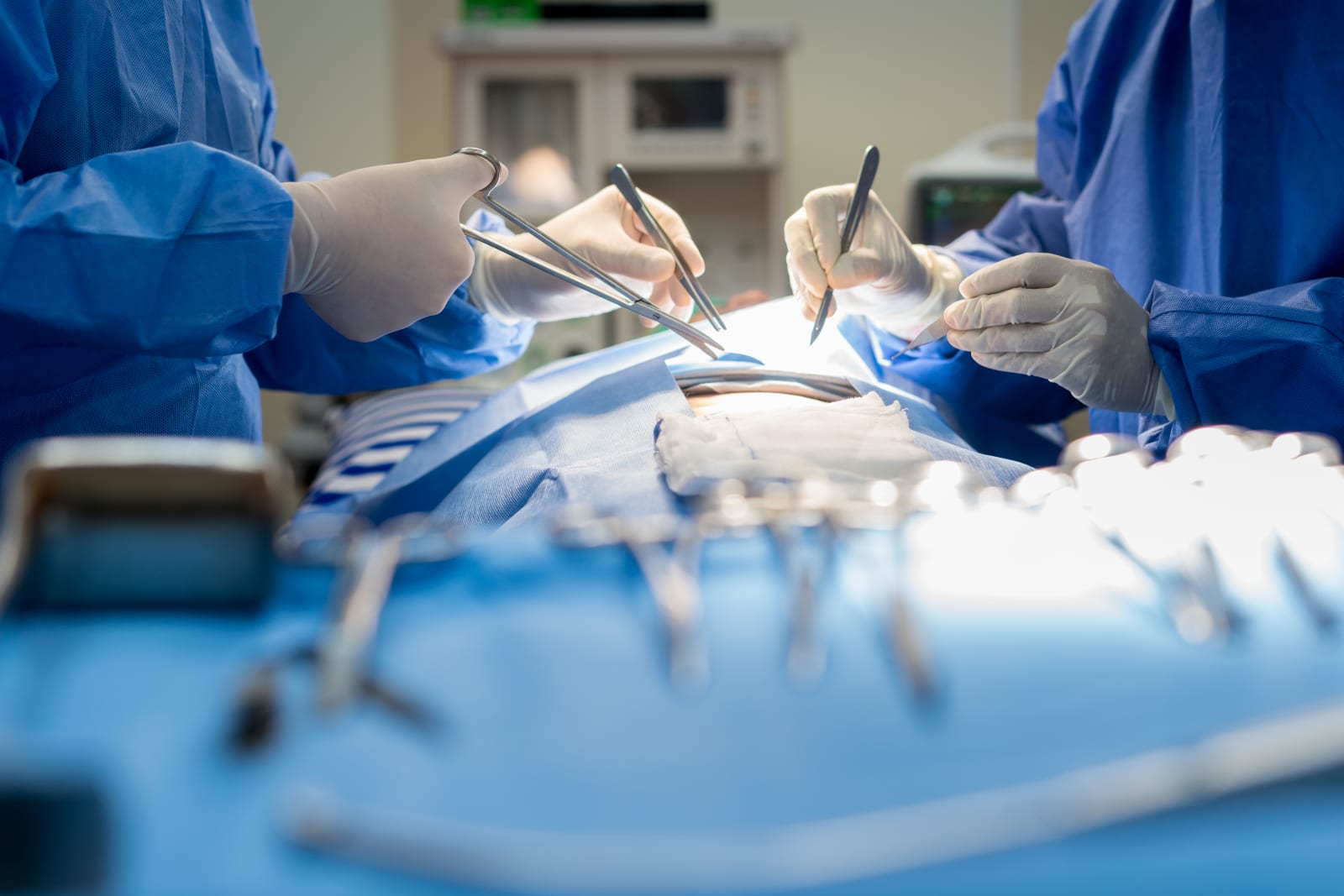 Scientists (and sci-fi fans) have been talking about suspended animation for years. The idea that the functions of the human body can somehow be put on "pause" while life-saving medical procedures are performed (or a person is sent into space, a la A...
Scientists (and sci-fi fans) have been talking about suspended animation for years. The idea that the functions of the human body can somehow be put on "pause" while life-saving medical procedures are performed (or a person is sent into space, a la A...
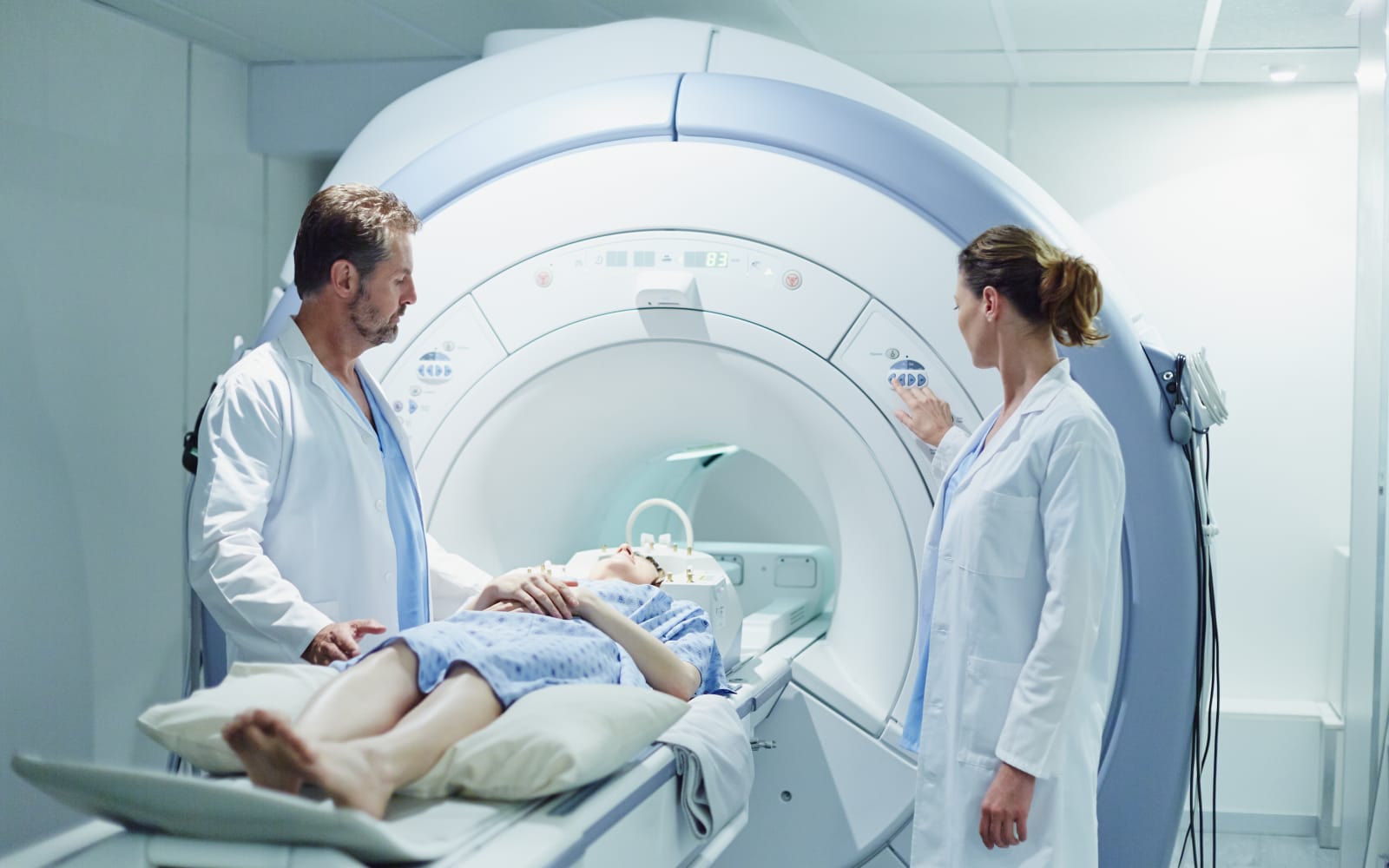 In the medical world, MRIs have become fairly commonplace. But imaging diagnostics like MRIs and heart stress tests depend on molybdenum-99, or Mo-99, a radioactive isotope that decays into the diagnostic imaging agent technetium 99m, or Tc-99m. The...
In the medical world, MRIs have become fairly commonplace. But imaging diagnostics like MRIs and heart stress tests depend on molybdenum-99, or Mo-99, a radioactive isotope that decays into the diagnostic imaging agent technetium 99m, or Tc-99m. The...
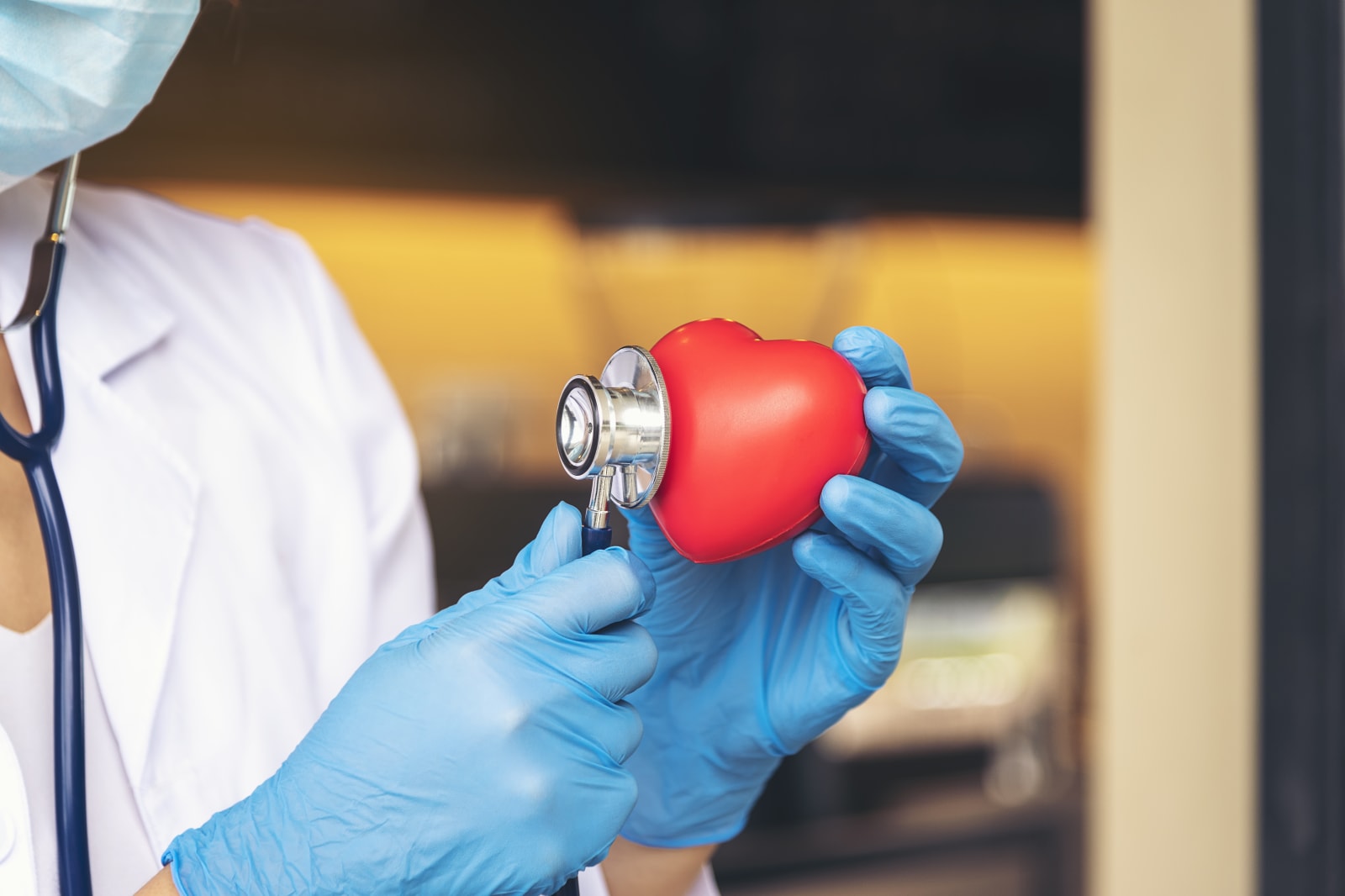 AI's ability to predict threats to your health could soon include deadly heart conditions. Researchers at MIT's CSAIL have developed a machine learning system, RiskCardio, that can estimate the risk of death due to cardiovascular issues that block o...
AI's ability to predict threats to your health could soon include deadly heart conditions. Researchers at MIT's CSAIL have developed a machine learning system, RiskCardio, that can estimate the risk of death due to cardiovascular issues that block o...
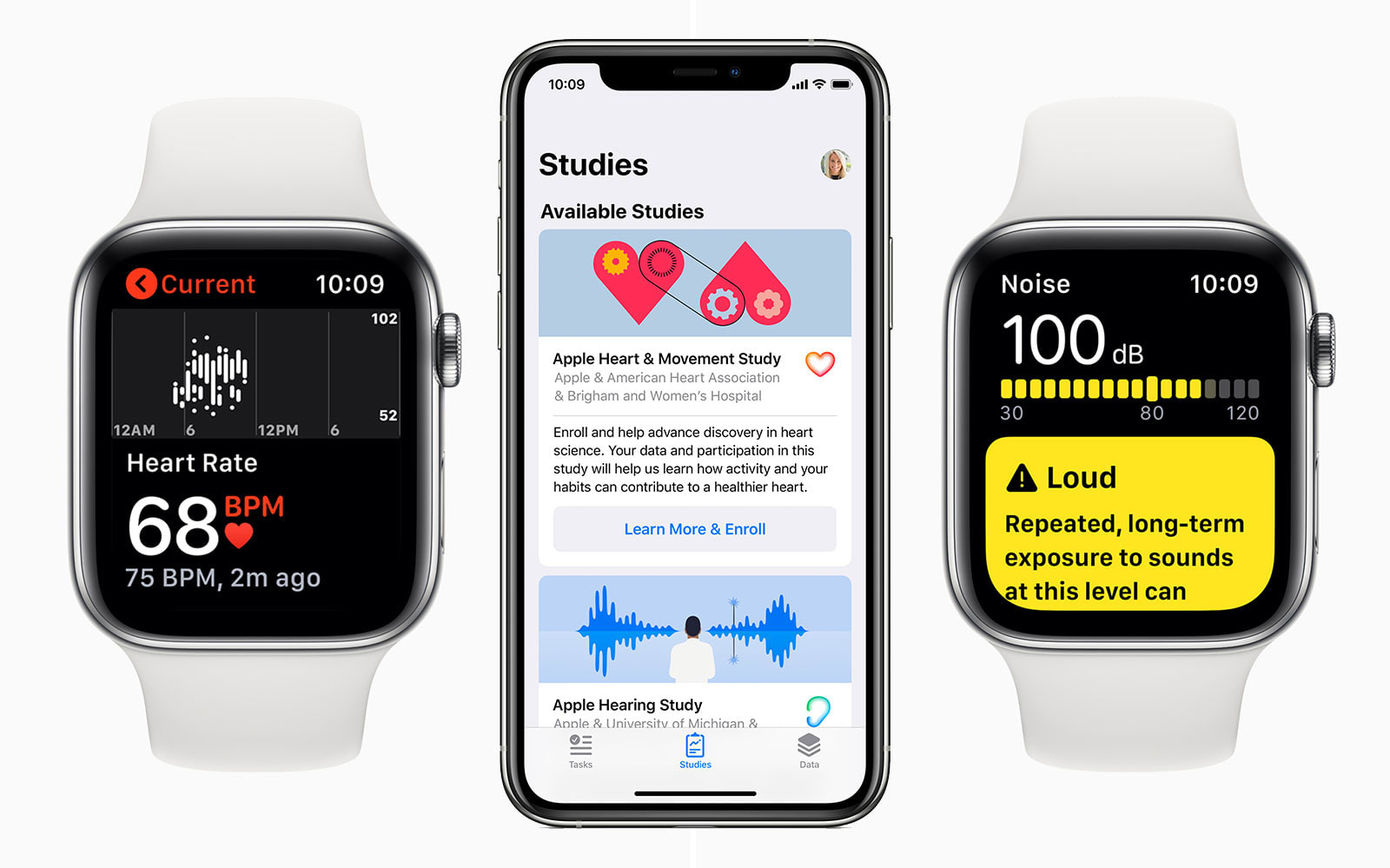 Apple is expanding its Watch-based health studies in a significant way. The tech giant announced today three new studies that use the Watch (and iOS) to monitor key conditions. A Hearing Study will gauge the effects of long-term exposure to loud nois...
Apple is expanding its Watch-based health studies in a significant way. The tech giant announced today three new studies that use the Watch (and iOS) to monitor key conditions. A Hearing Study will gauge the effects of long-term exposure to loud nois...
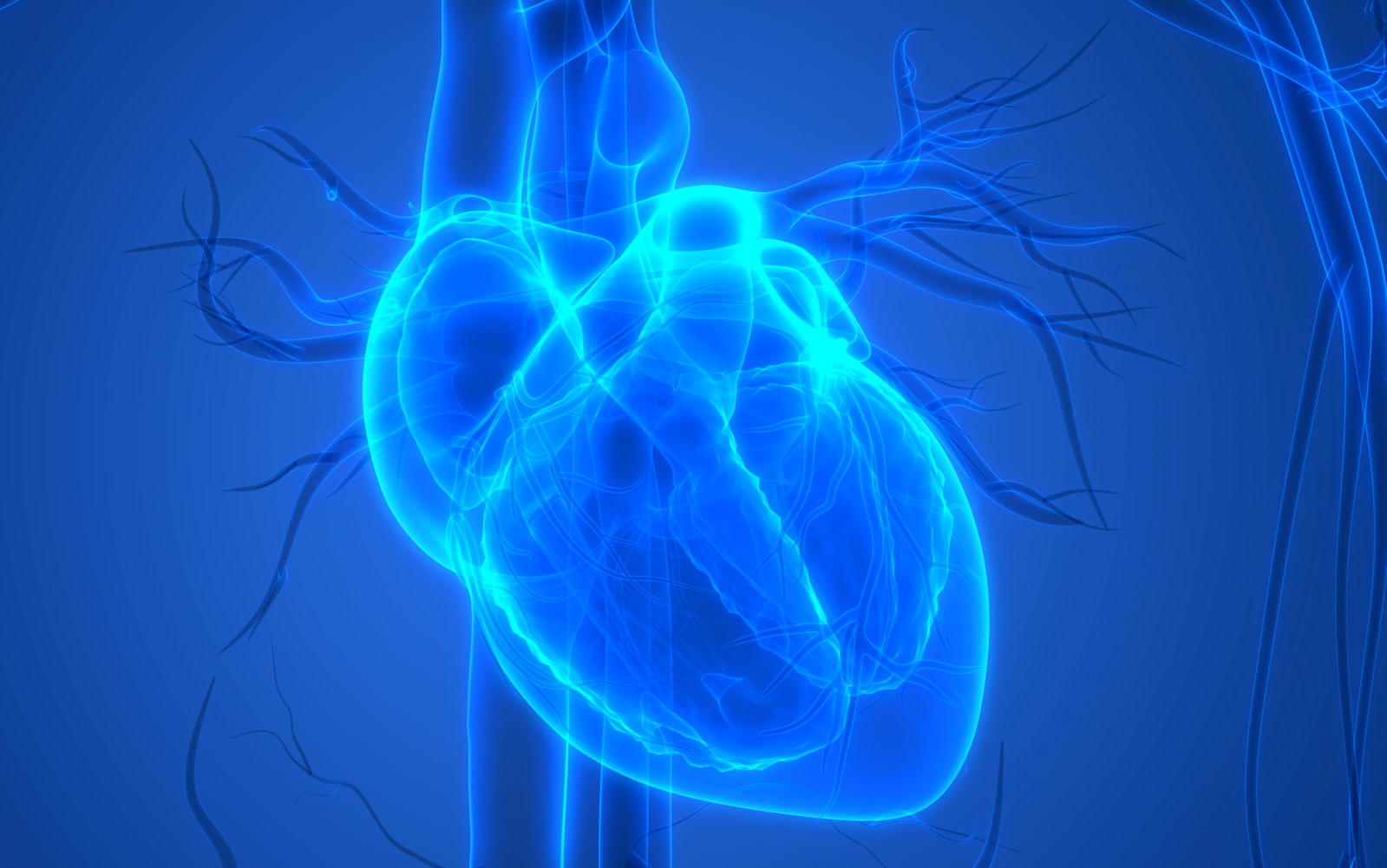 The Chicago-based biotech company BIOLIFE4D announced today that it has successfully 3D-bioprinted a mini human heart. The tiny heart has the same structure as a full-sized heart, and the company says it's an important milestone in the push to create...
The Chicago-based biotech company BIOLIFE4D announced today that it has successfully 3D-bioprinted a mini human heart. The tiny heart has the same structure as a full-sized heart, and the company says it's an important milestone in the push to create...
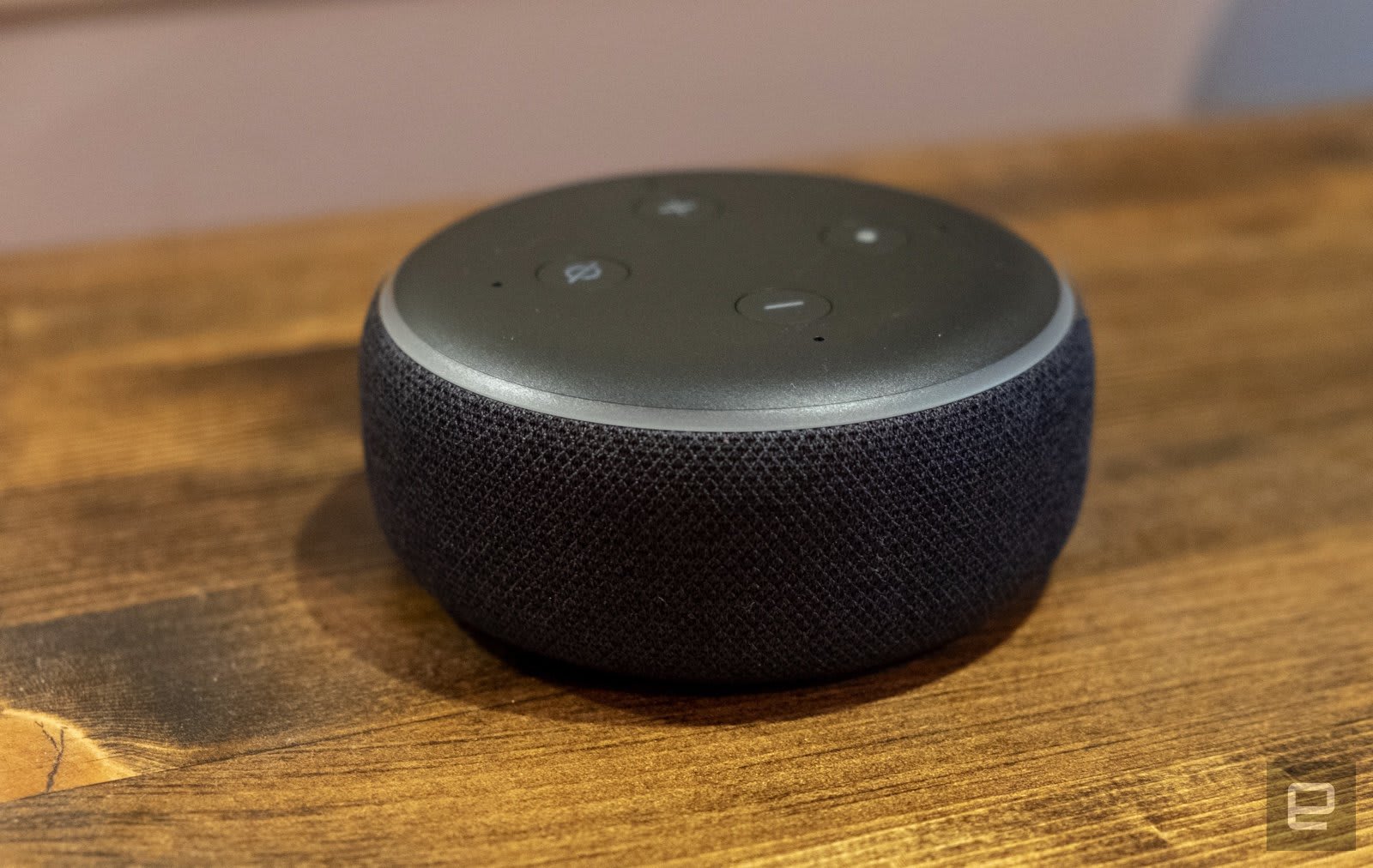 Cardiac arrest frequently happens at home, and victims don't always have someone around to call for help. Your smart speaker might one day fill that role, though. University of Washington researchers have crafted a proof-of-concept AI that can detec...
Cardiac arrest frequently happens at home, and victims don't always have someone around to call for help. Your smart speaker might one day fill that role, though. University of Washington researchers have crafted a proof-of-concept AI that can detec...
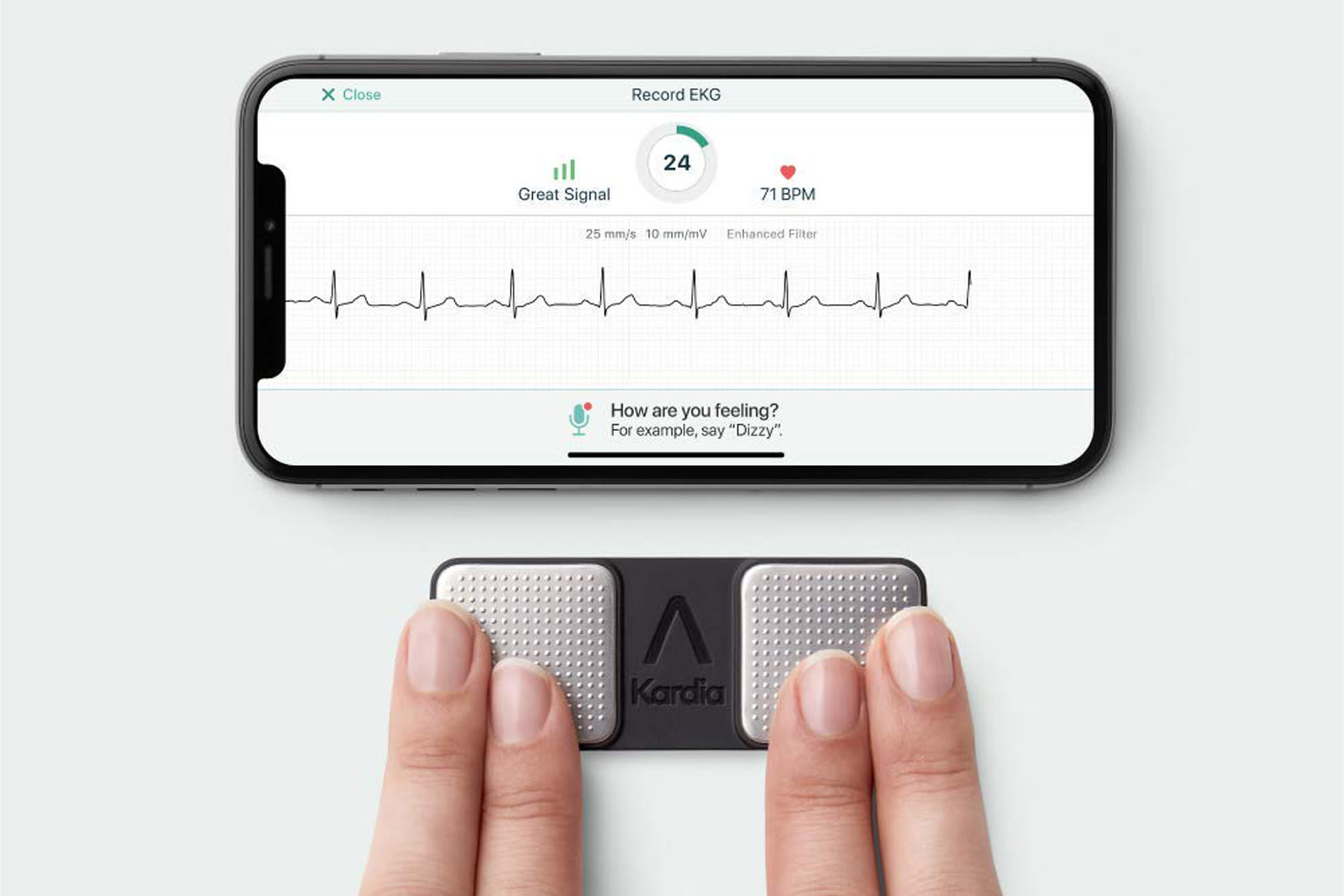 To date, personal ECG devices have only really detected one kind of heart arrhythmia: atrial fibrillation. While that's helpful, it doesn't cover other conditions that could be just as dangerous. You might not be left wondering for much longer. Al...
To date, personal ECG devices have only really detected one kind of heart arrhythmia: atrial fibrillation. While that's helpful, it doesn't cover other conditions that could be just as dangerous. You might not be left wondering for much longer. Al...
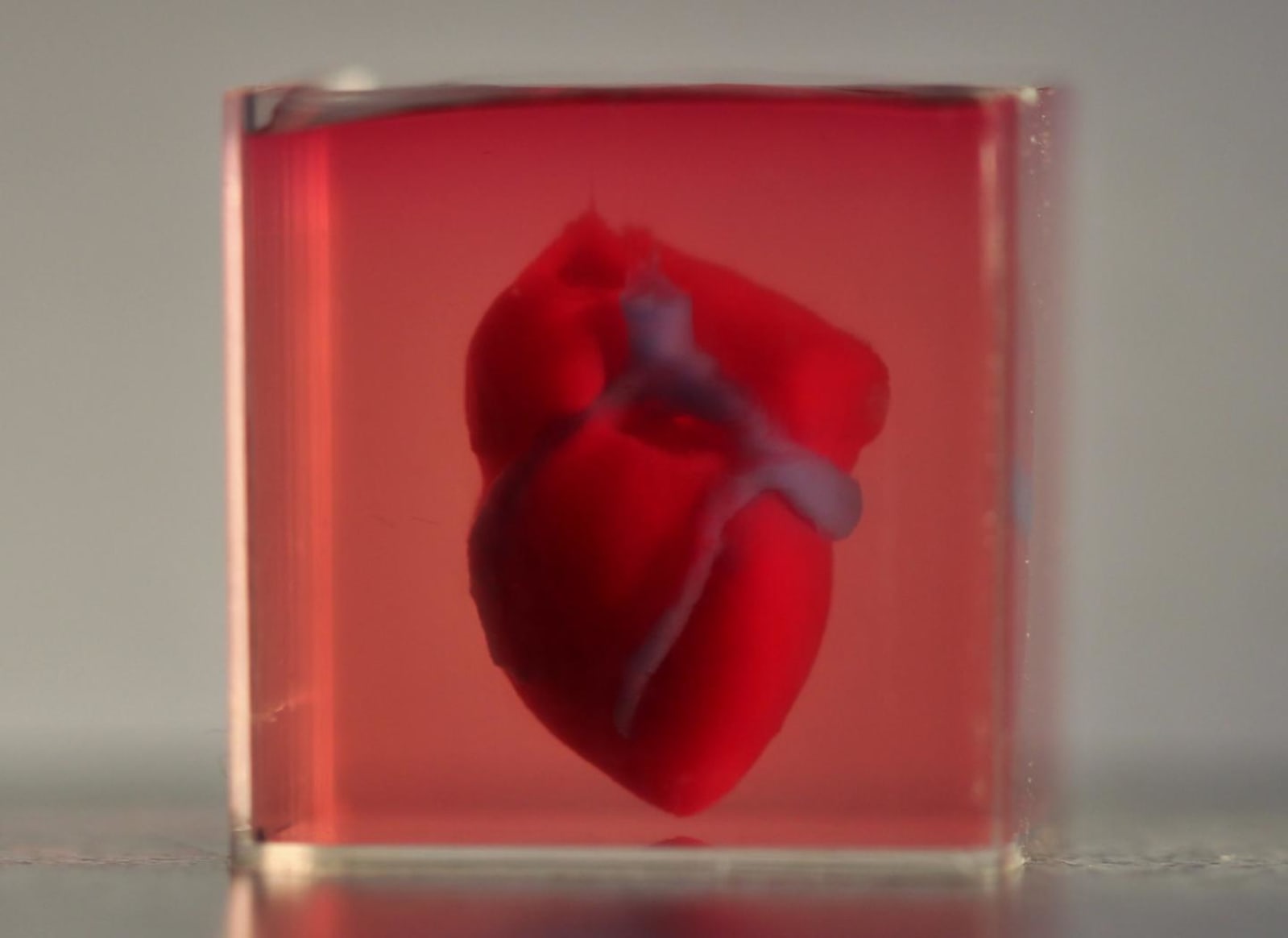 Researchers at Tel Aviv University managed to successfully print the first ever 3D heart that uses cells and biological materials from a patient. The medical breakthrough, which was published today in Advanced Science, managed to produce an entire he...
Researchers at Tel Aviv University managed to successfully print the first ever 3D heart that uses cells and biological materials from a patient. The medical breakthrough, which was published today in Advanced Science, managed to produce an entire he...
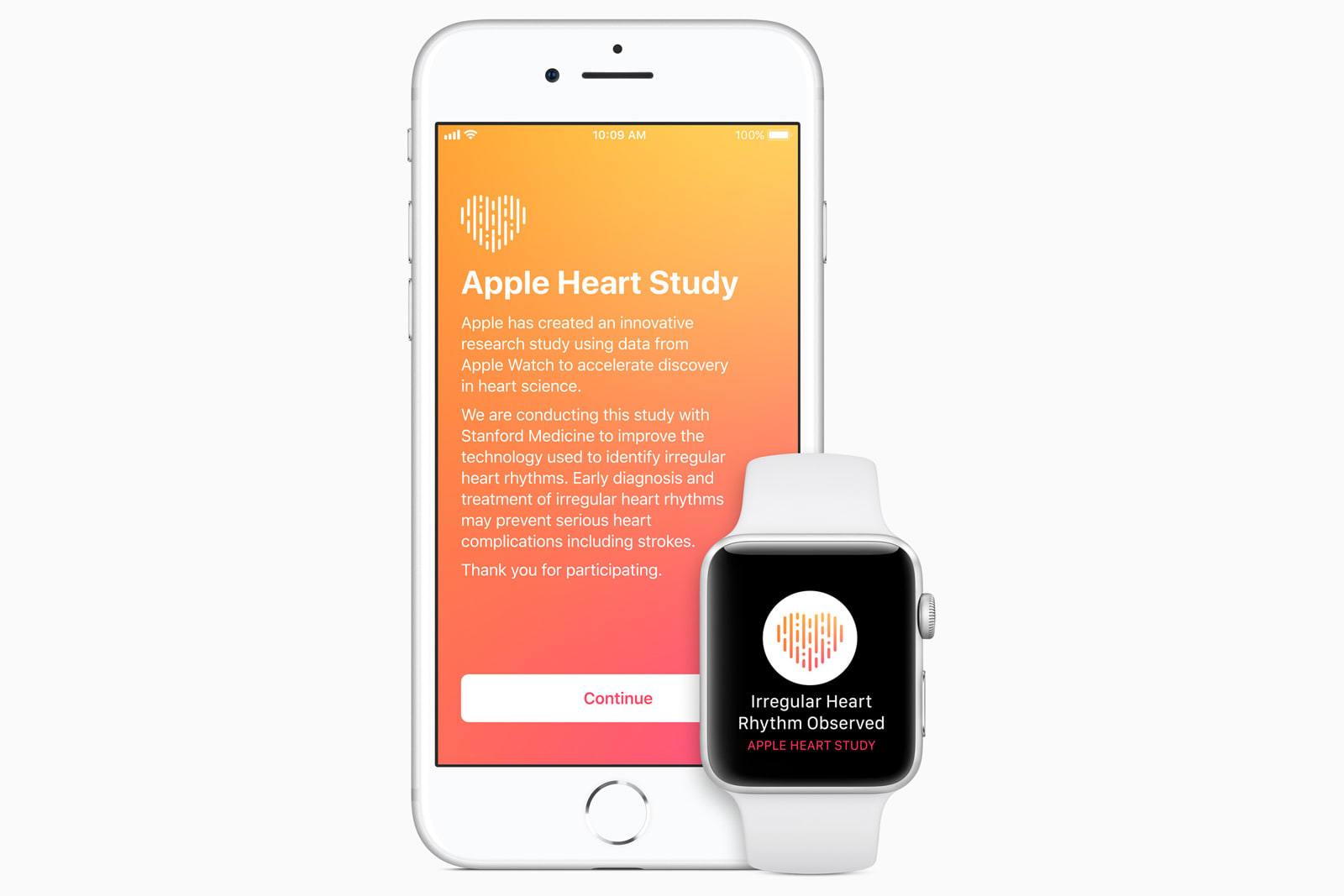 Stanford has released the results of its Apple Watch-based heart study more than a year after it began, and it appears to have been a success, with a few caveats. Only 0.5 percent of the more than 400,000 volunteers received warnings of irregular he...
Stanford has released the results of its Apple Watch-based heart study more than a year after it began, and it appears to have been a success, with a few caveats. Only 0.5 percent of the more than 400,000 volunteers received warnings of irregular he...